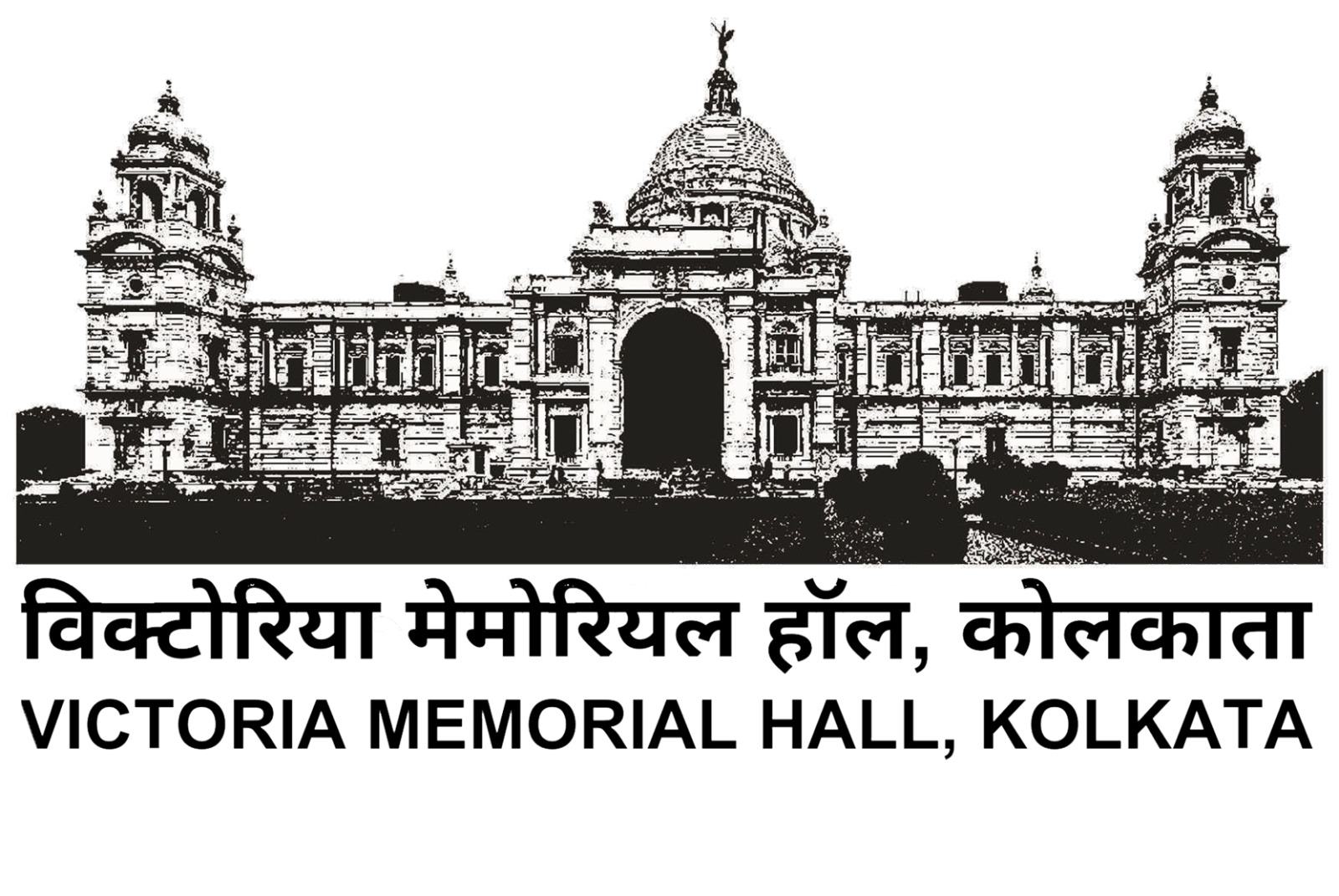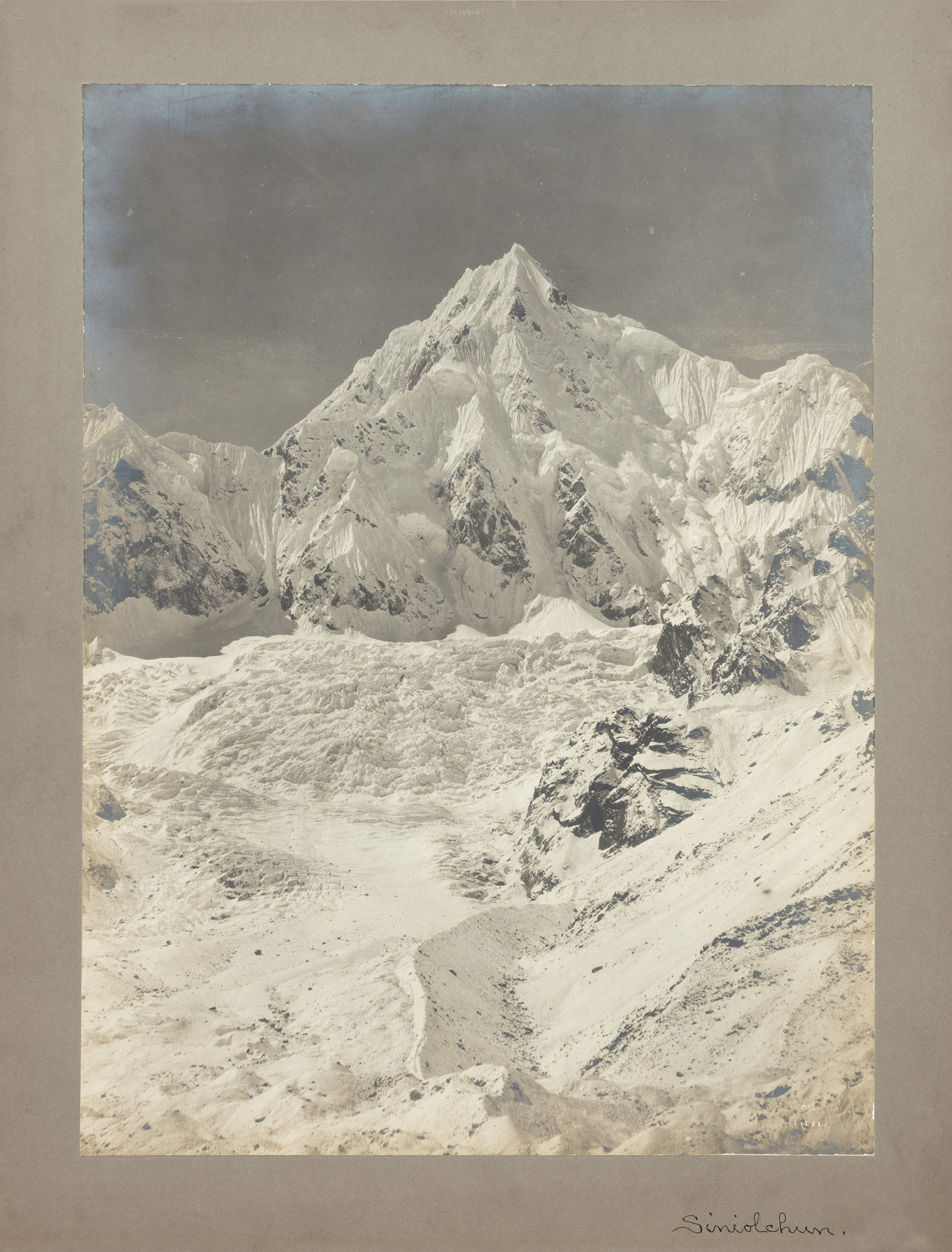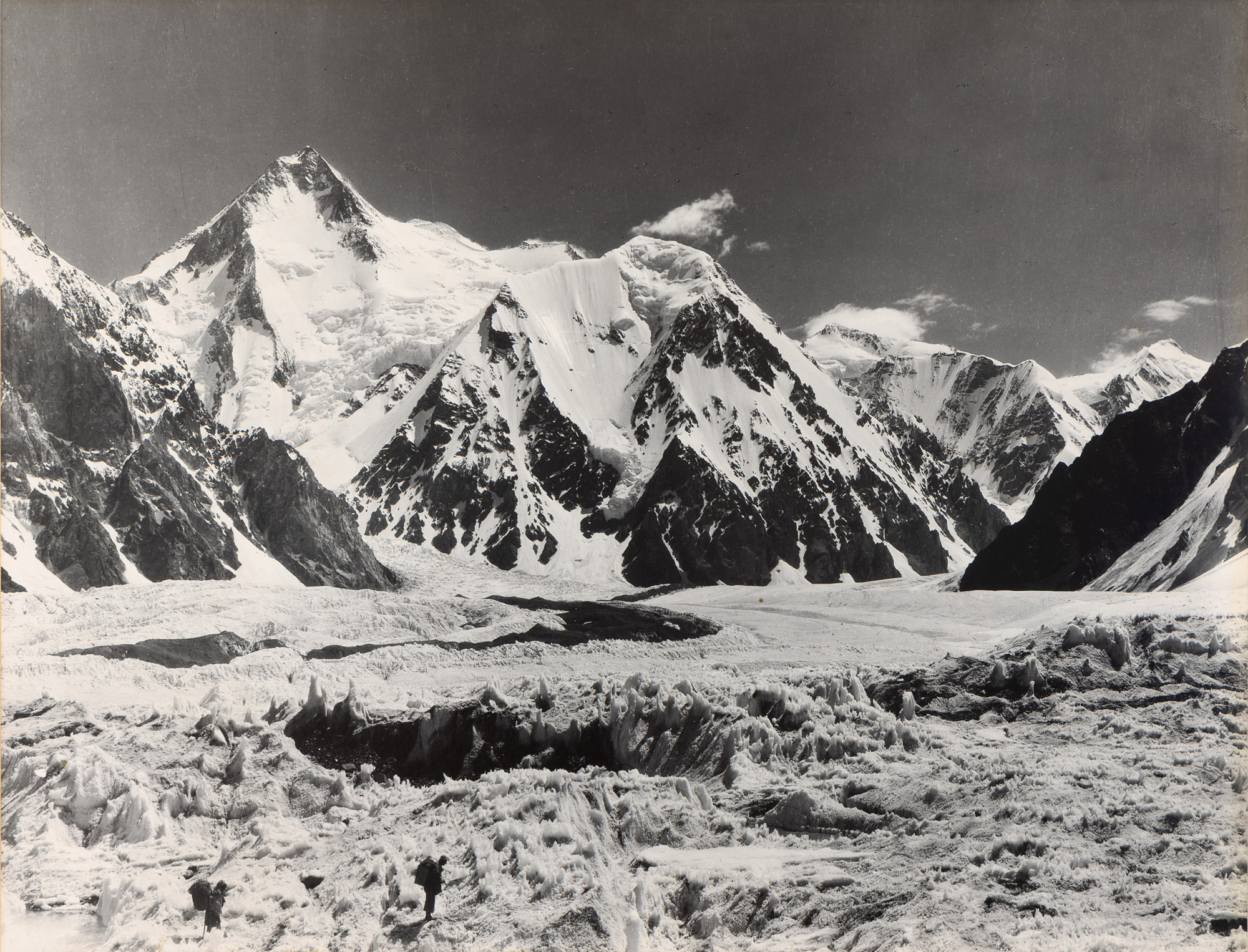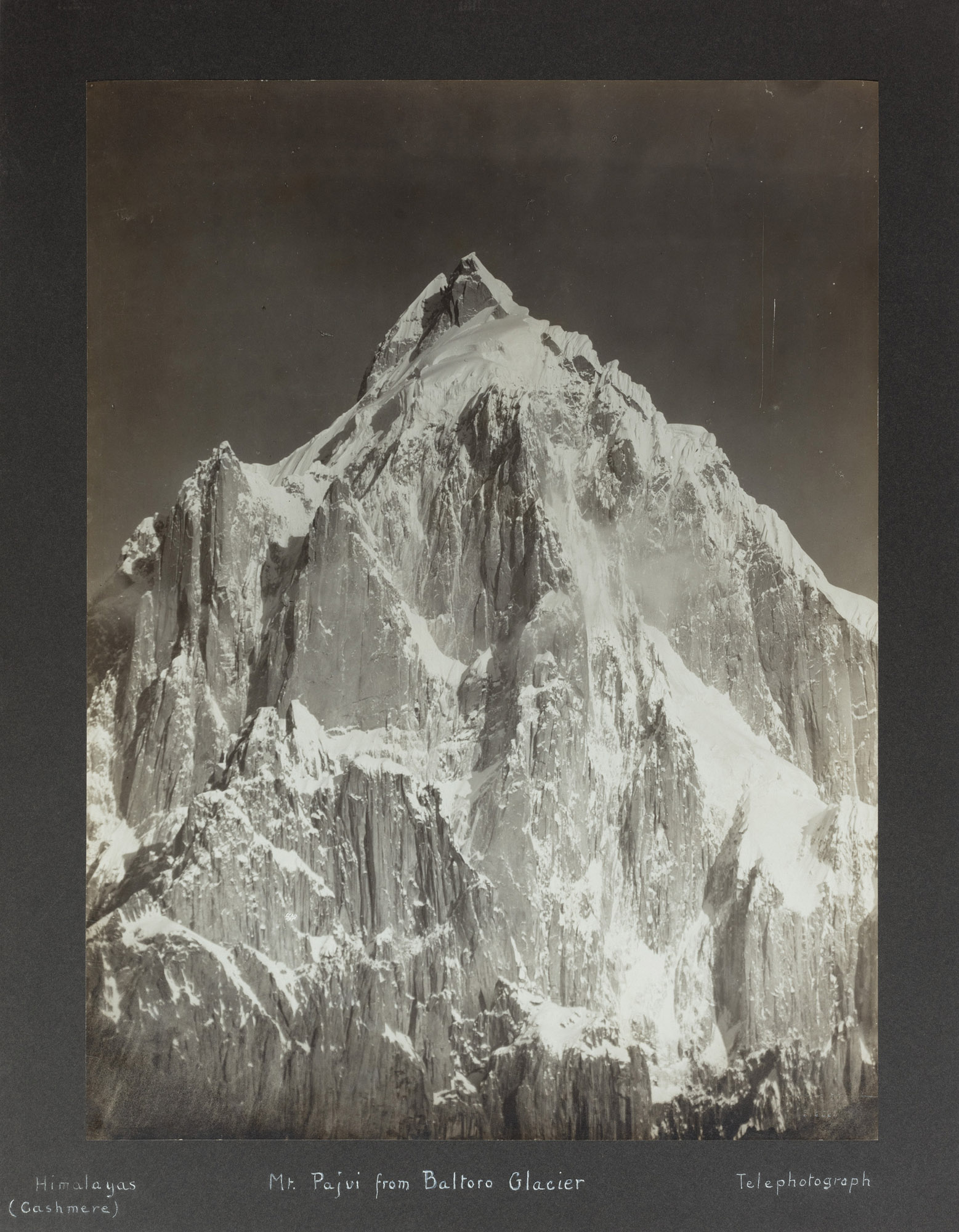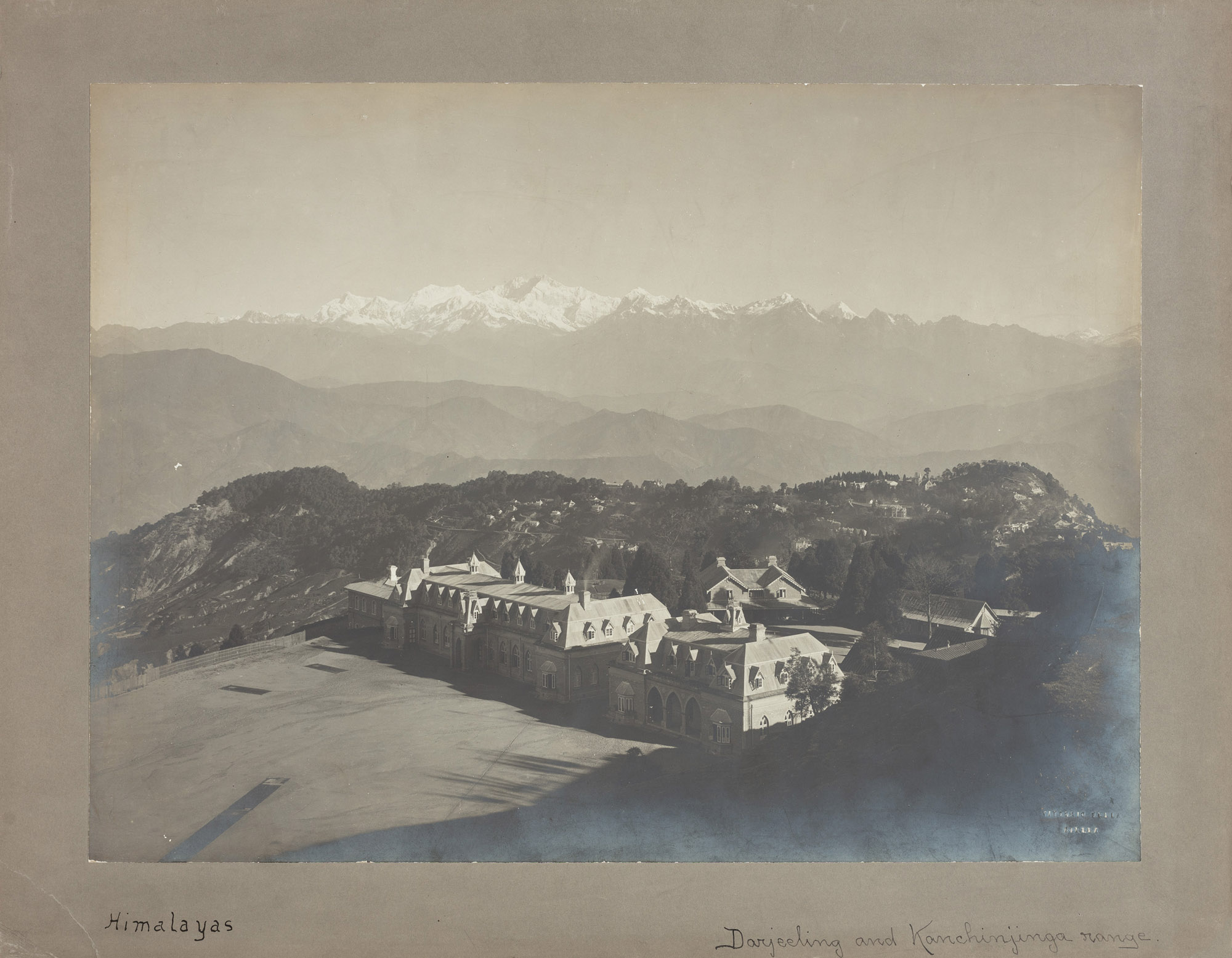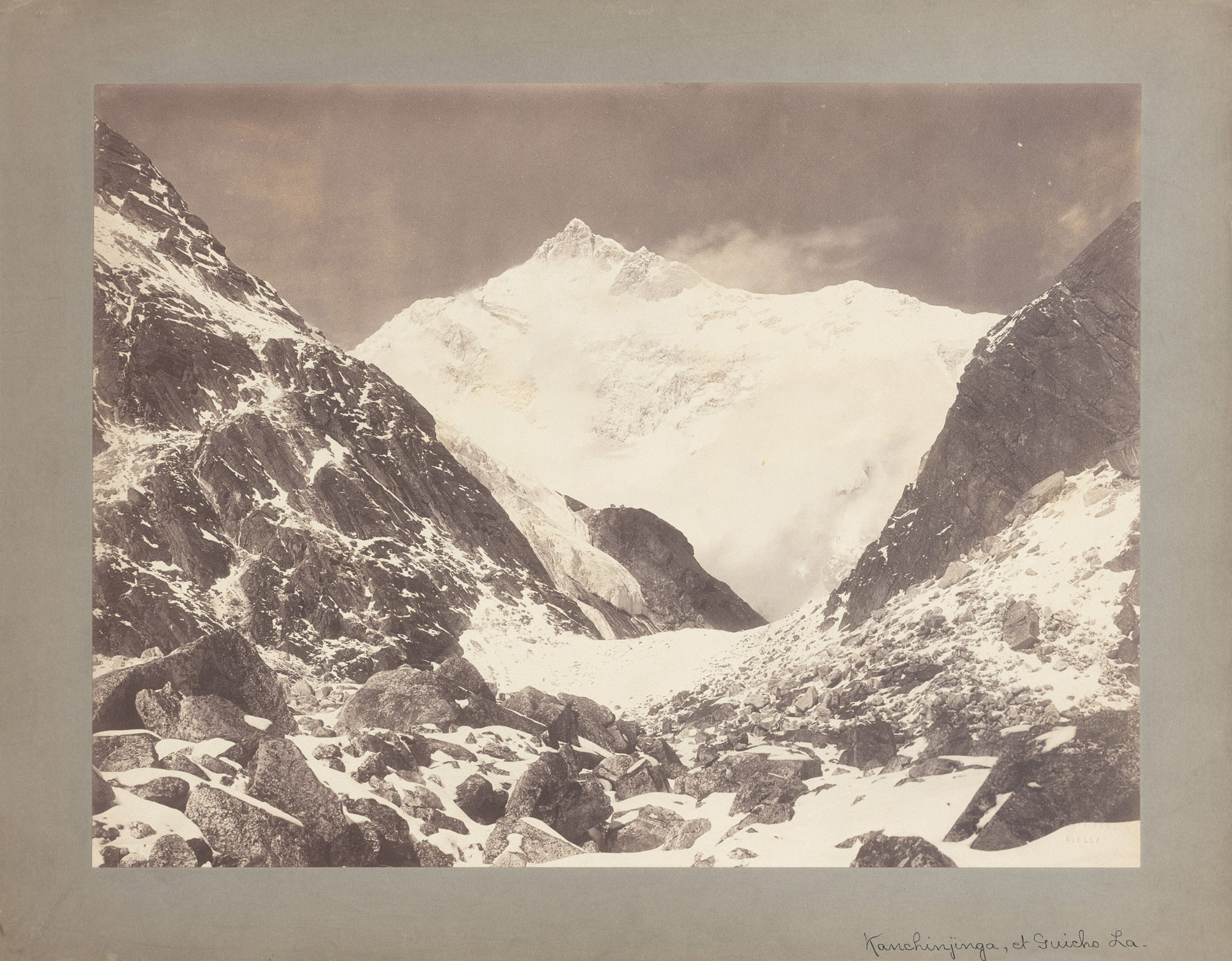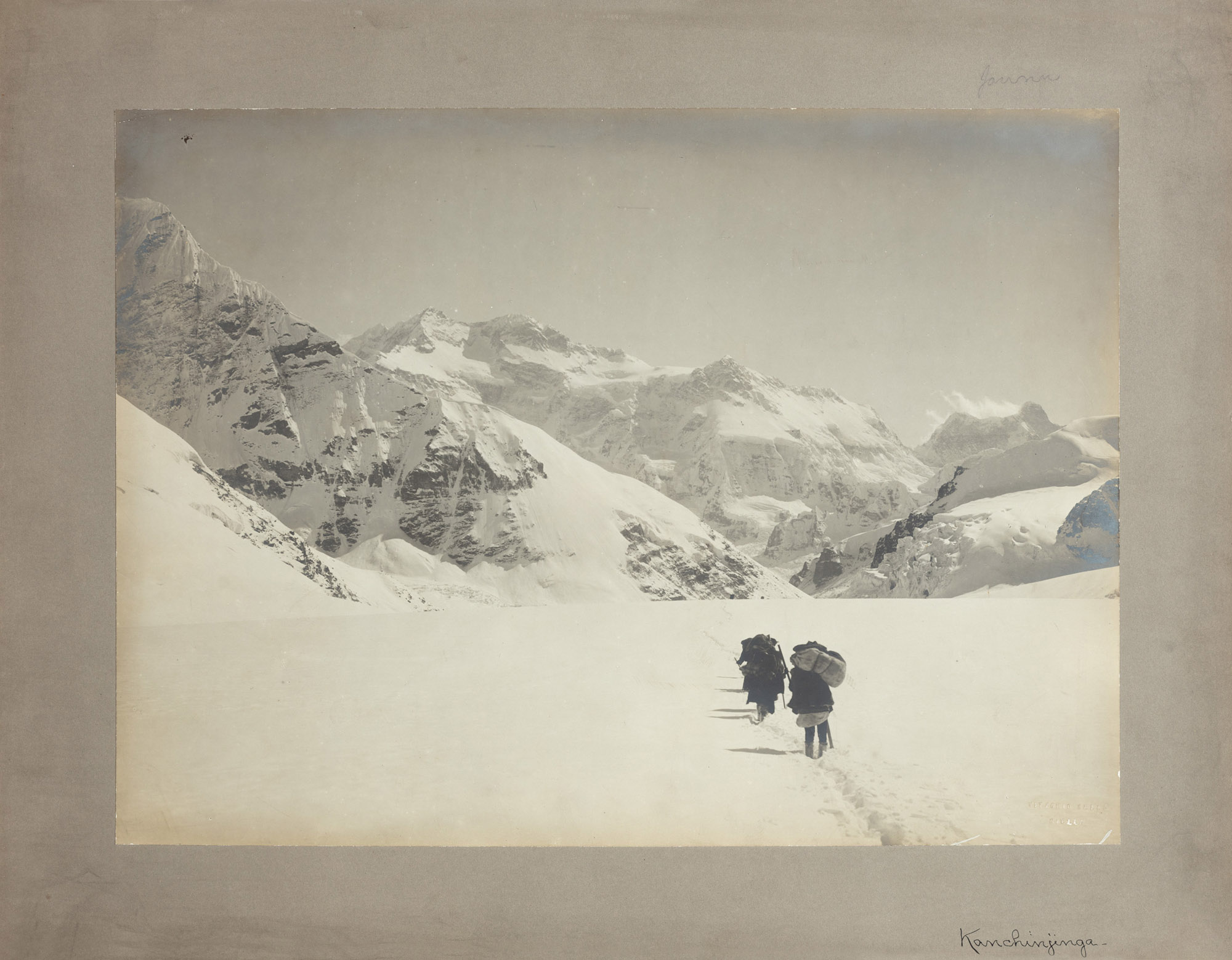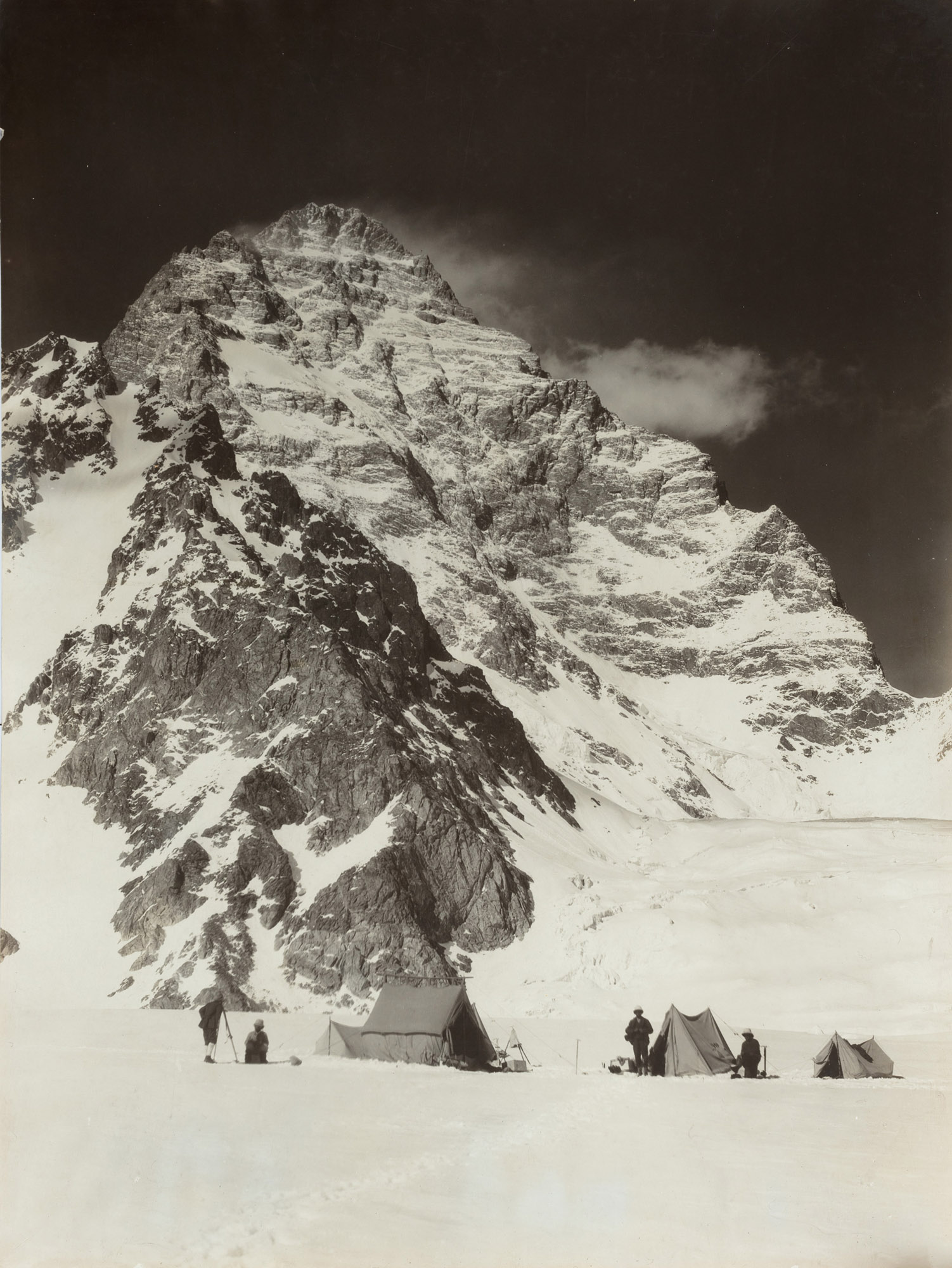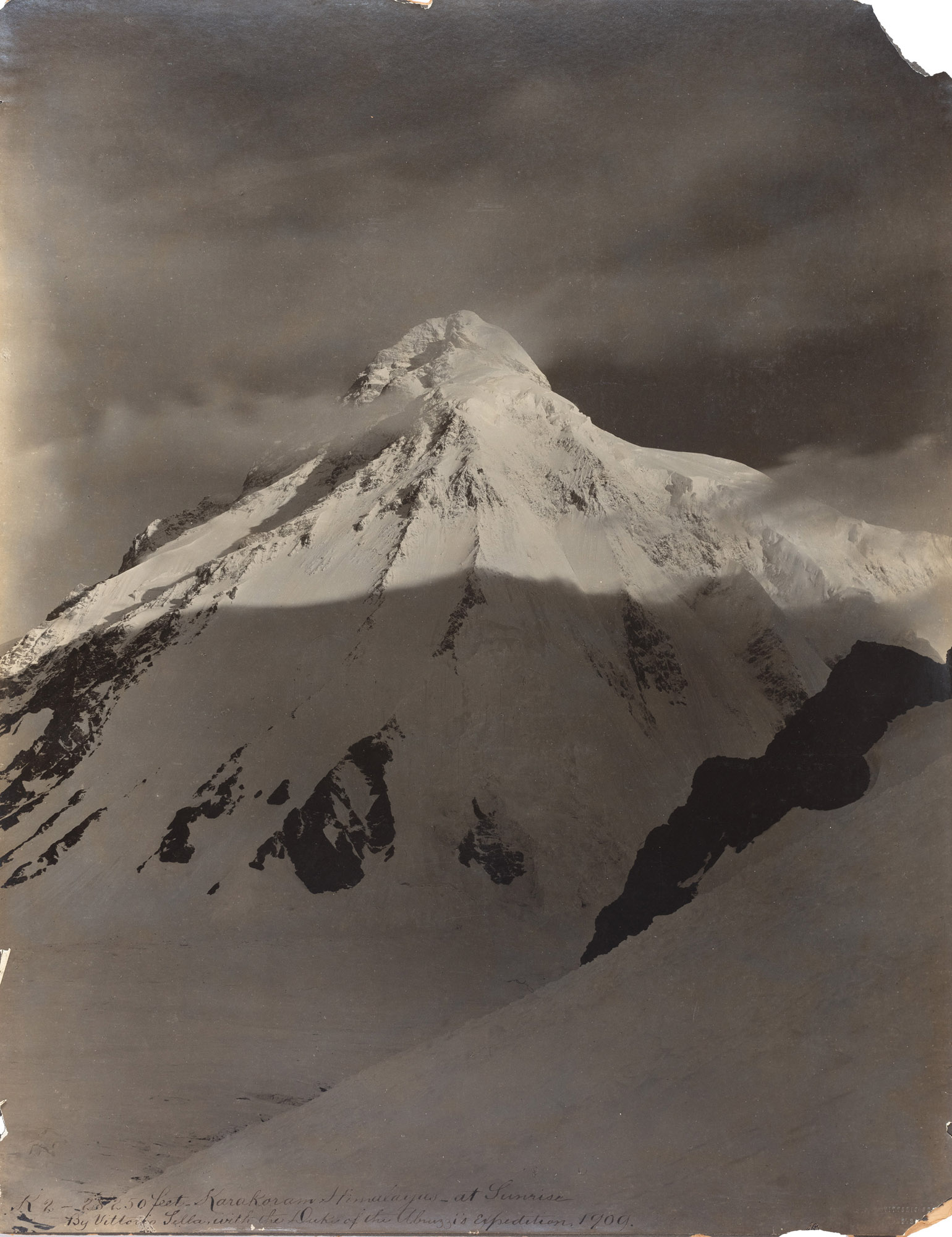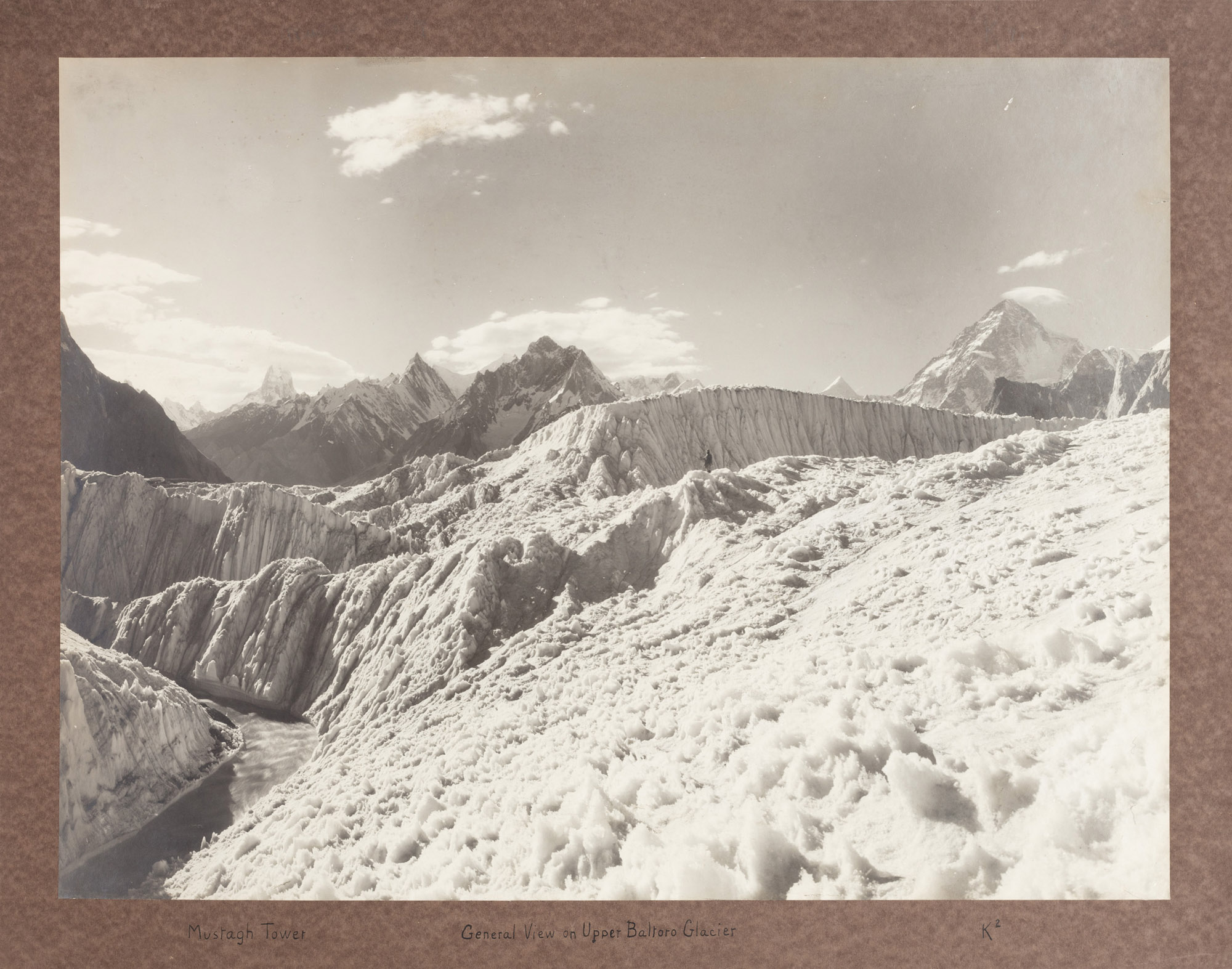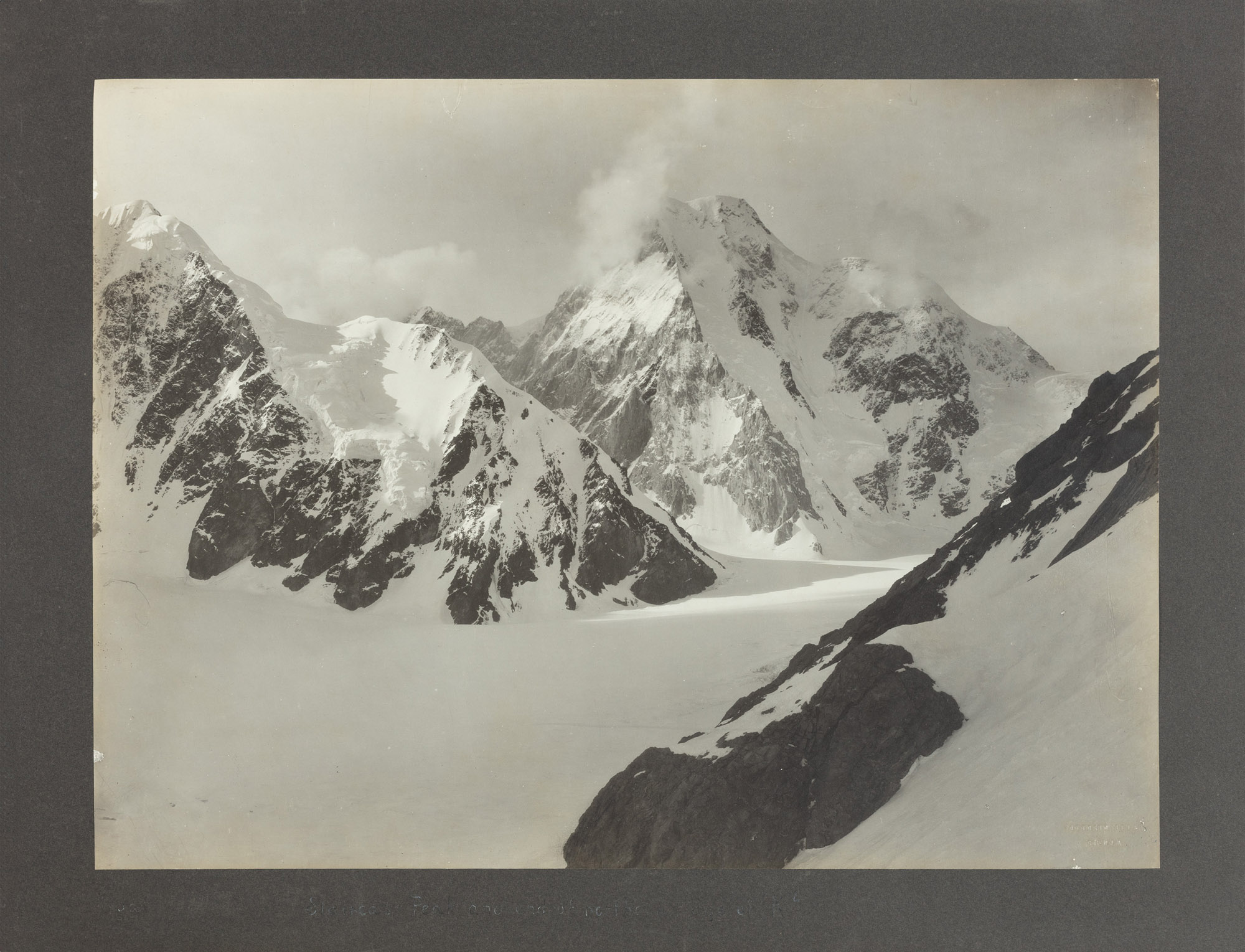Vittorio Sella: Photographer in the Himalaya
Vittorio Sella: Photographer in the Himalaya
Vittorio Sella: Photographer in the Himalaya
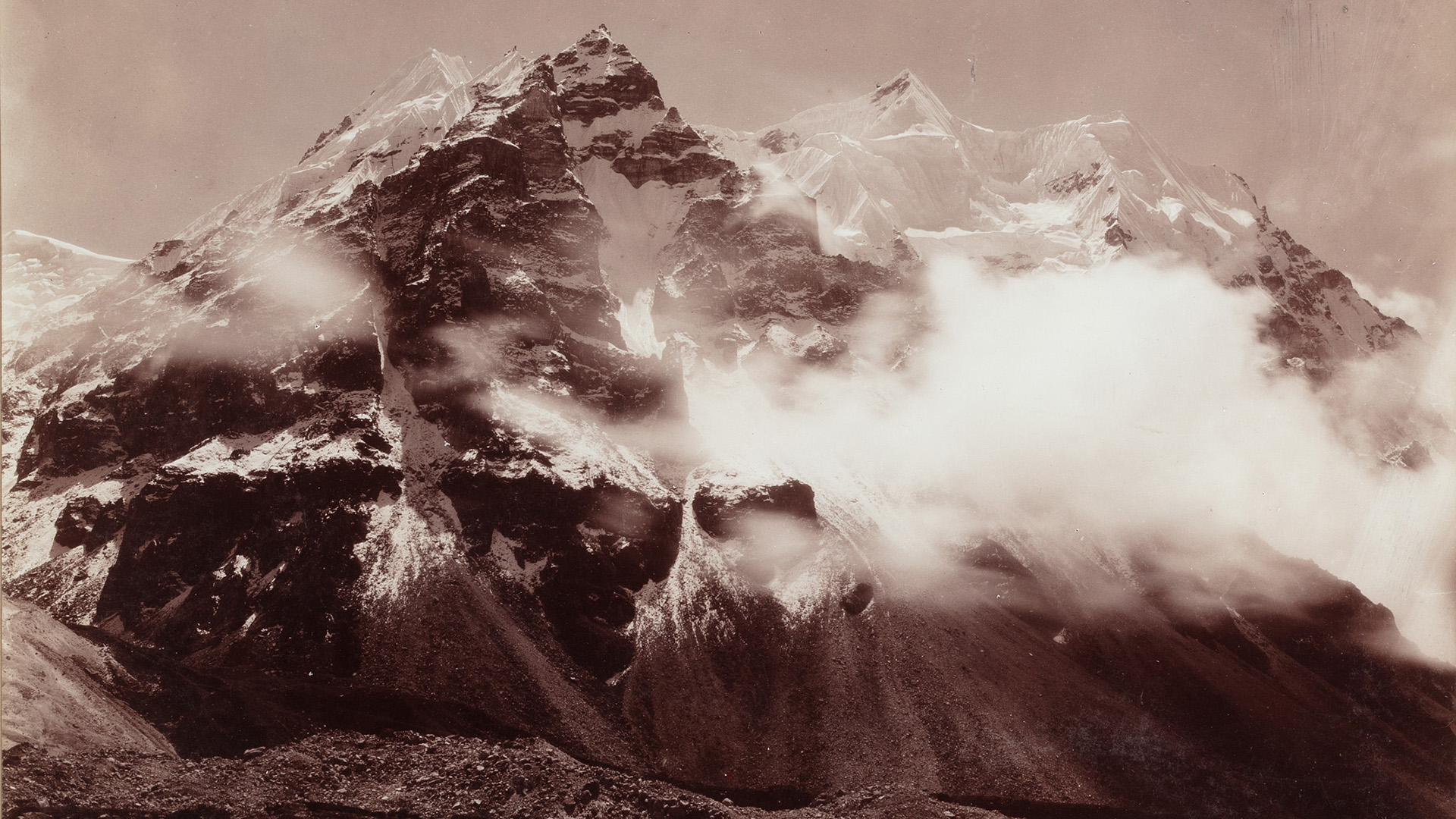
|
Vittorio Sella: Photographer in the Himalaya Victoria Memorial Hall Kolkata, 8 Aug - 23 Aug 2025 An exhibition by DAG in collaboration with Victoria Memorial Hall. |
|
Vittorio Sella (1859-1943) was a pioneer who transformed mountain photography and left behind some of the most iconic images of the Himalaya.
Sella's introduction to the Himalayan realm came in 1899 when he accompanied British explorer Douglas Freshfield's expedition circumnavigating Kangchenjunga. Though their summit ambitions were thwarted by heavy snowfall, Sella seized the opportunity to create portraits of the peaks dusted by pristine powder snow – earning the later admiration of Ansel Adams, who would write that ‘the purity of Sella's interpretations move the spectator to a religious awe’. Sella’s most pivotal and fruitful partnership was his friendship with the Duke of Abruzzi. Their expedition to K2 in 1909 was the culmination of Sella’s career, and again produced some outstanding images which are presented here.
|
|
|
Siniolchun [Siniolchu, Sikkim Himalaya]
Gasherbrum I (or Hidden Peak) [Karakoram Mountain Range]
Mt. Pajui from Baltoro Glacier, Himalayas (Cashmere), Telephotograph
|
Kangchenjunga, 1899 In 1899, Vittorio Sella joined the British explorer Douglas Freshfield for a circumnavigation of Kangchenjunga, the third highest peak in the world, and one that remained unclimbed until 1955. Kangchenjunga was a complicated destination at the time. The British were in dispute with Tibet about what they perceived as the undue Russian influence in Lhasa, and were determined to force open trade routes. Freshfield, the leader of the expedition, was a supporter of the British position and of Younghusband, who later led the infamous punitive raid on Tibet in 1904. |
|
|
Darjeeling and Kanchinjinga [Kangchenjunga] Range, Himalayas
Kanchinjinga [Kangchenjunga], et Guicho La [Goecha La, Mountain Pass in Sikkim]
Kanchinjinga [Kangchenjunga]
|
K2, 1909 Sella’s final journey with his friend and patron, the Duke of Abruzzi, was their most spectacular and ambitious. In 1909, they travelled to the Karakoram beyond the western Himalaya to attempt the second highest mountain in the world, one which has since achieved a fearsome reputation: K2. This expedition has a place in mountaineering history as one of the first to venture into the most extreme peaks of Asia. Well led and organised, it did not suffer some of the terrible deaths of subsequent expeditions. They managed to get as high as 19,685 feet on the ridge to the Southeast (now known as the Abruzzi Ridge); the Duke himself continued even higher on Chogolisa (Bride Peak) nearby to set a world record for altitude at the time of 24,600 feet. There is a thread of complaint in Sella’s journals, written at the time, about the way in which the Duke – perhaps understandably – sometimes prioritised the needs of the expedition over those of photography. The two have diametrically opposed dynamics: the need for urgency to reach the next camp during available daylight hours, as opposed to the need to wait for the right weather for photography, let alone set up a shot. |
|
|
K2 from the West (Western Wall of K2 from Savoia Glacier)
K2 - 28250 feet, Karakoram Himalayas at Sunrise By Vittorio Sella, with the Duke of the Abruzzi’s Expedition, 1909
General View on Upper Baltoro Glacier, Mustagh Tower, K2 [Karakoram Mountain Range]
Staircase Peak and the End of the Northern Edge of K2
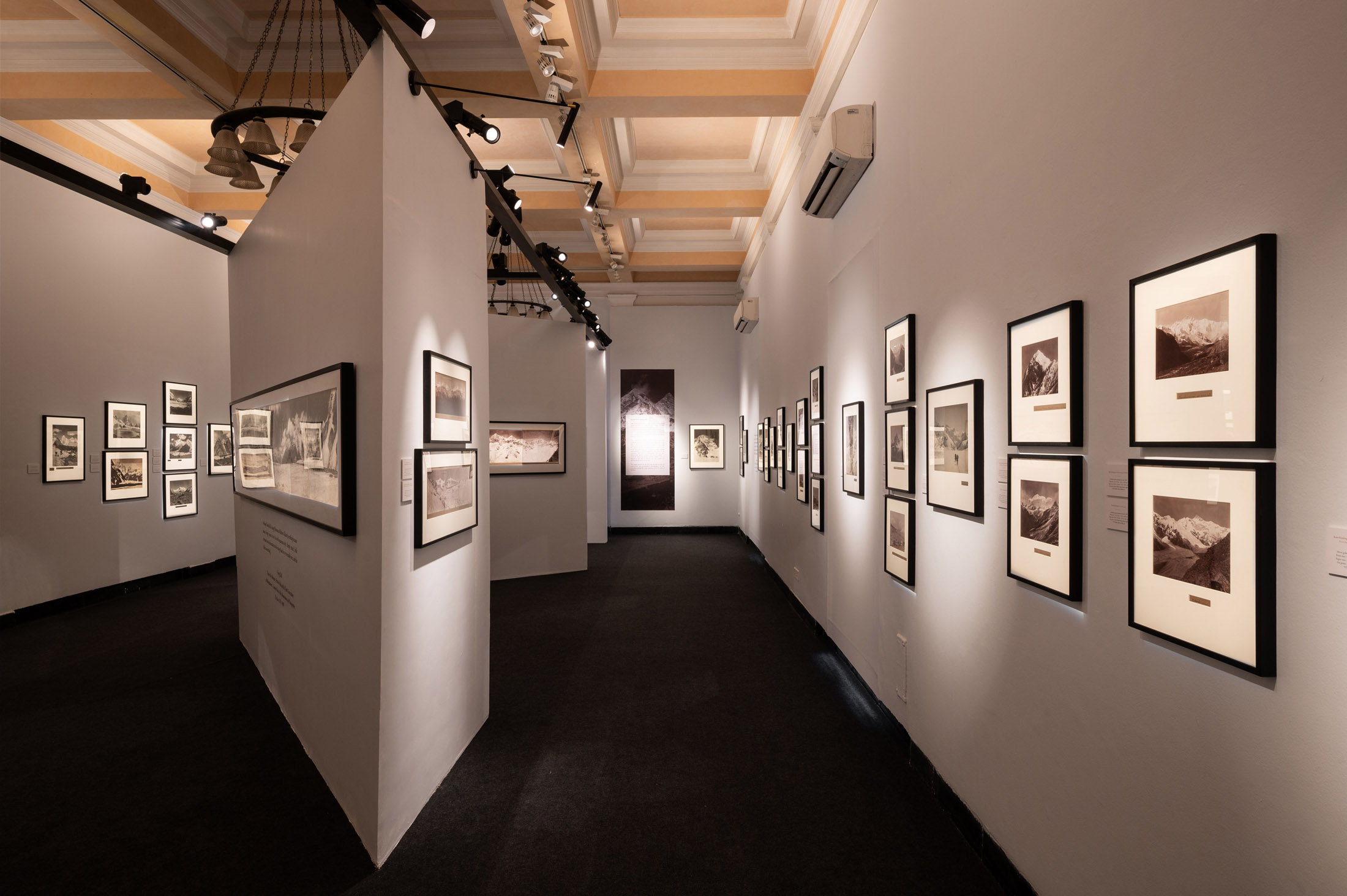
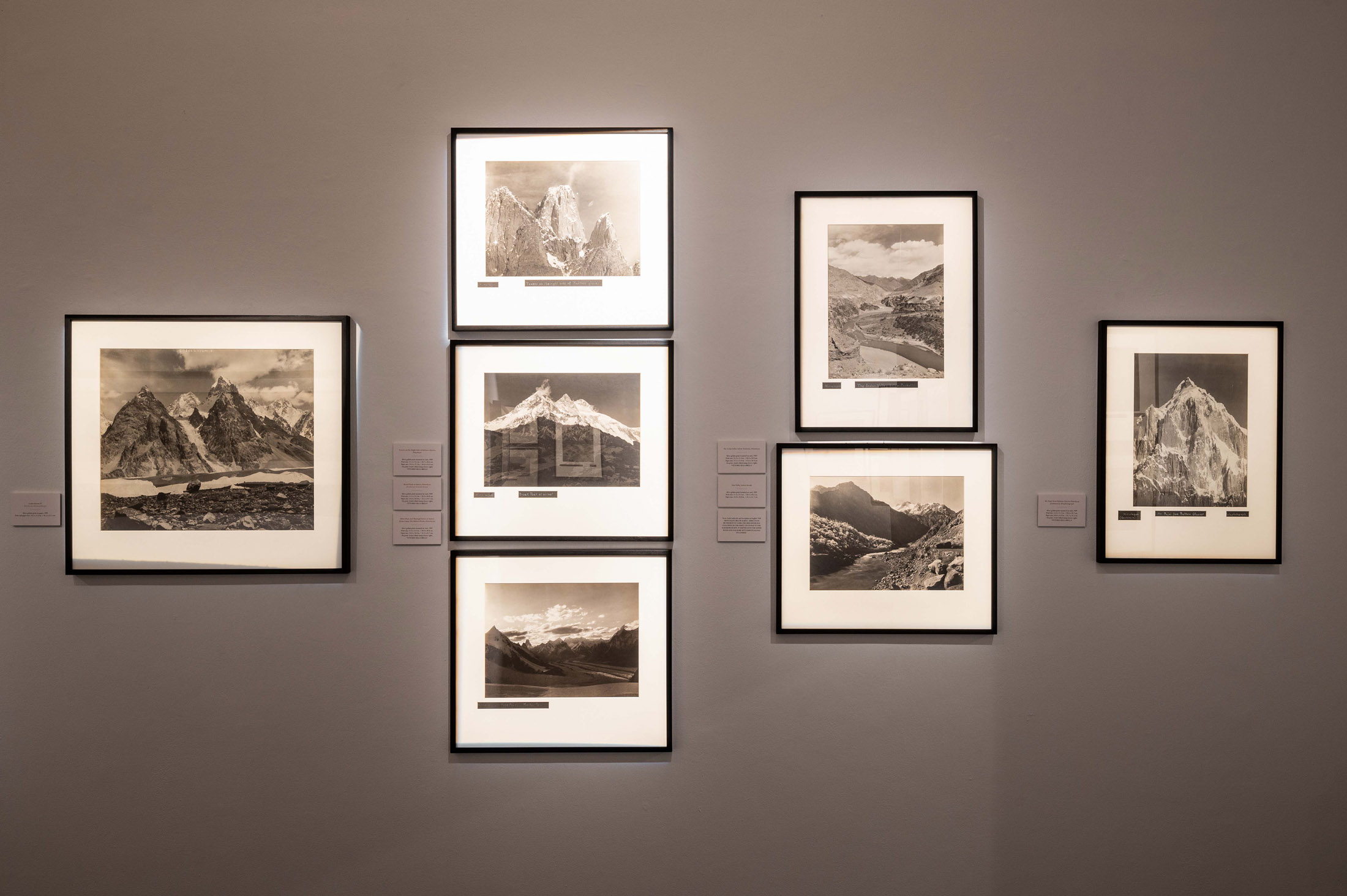
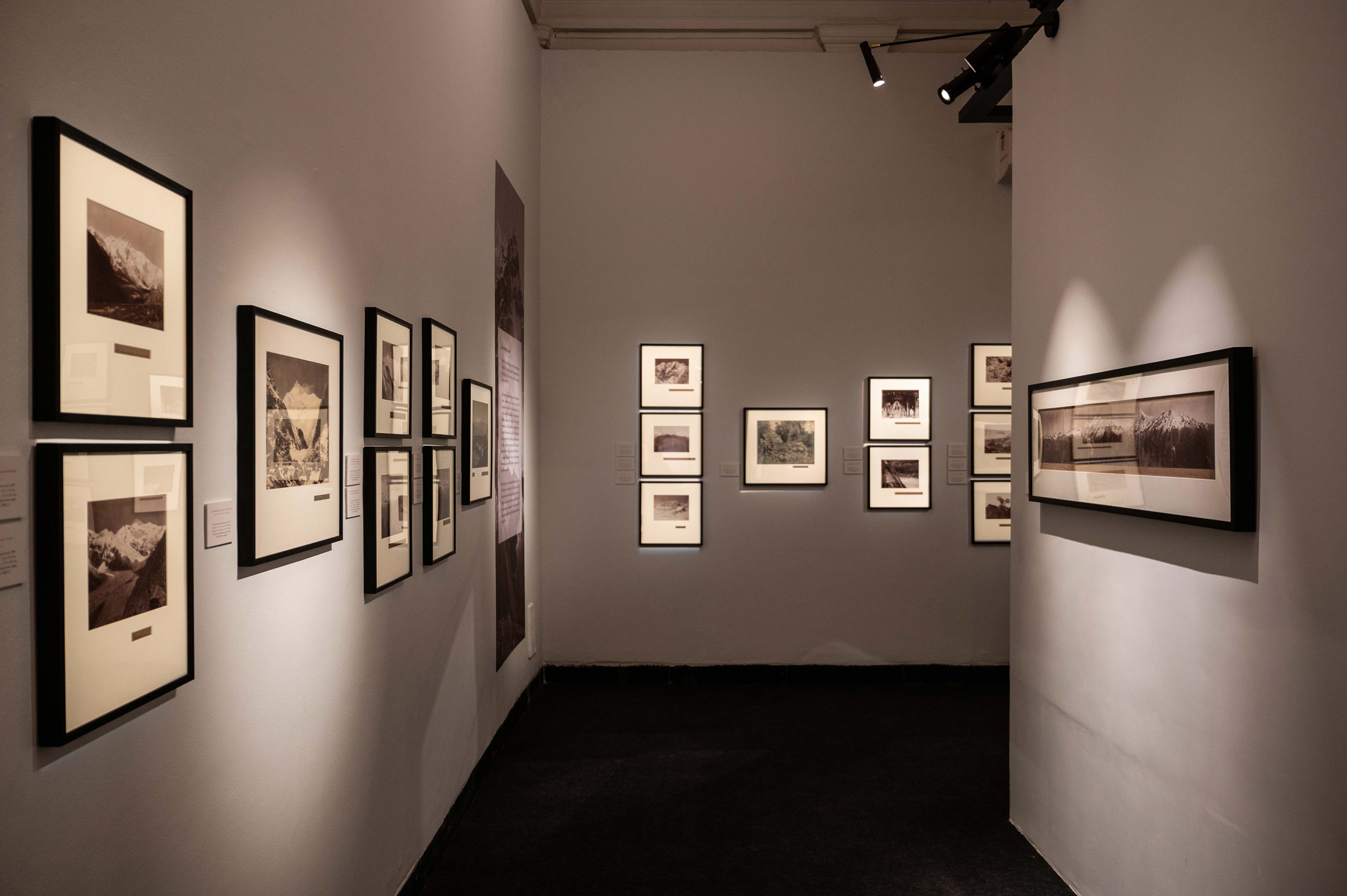
|
Sella was known for his extraordinary toughness, traversing the Alps at remarkable speed despite carrying heavy photographic gear.
'Frozen in time: Rare early images of the Himalayas from Italian pioneer', BBC, 9 February 2025 |
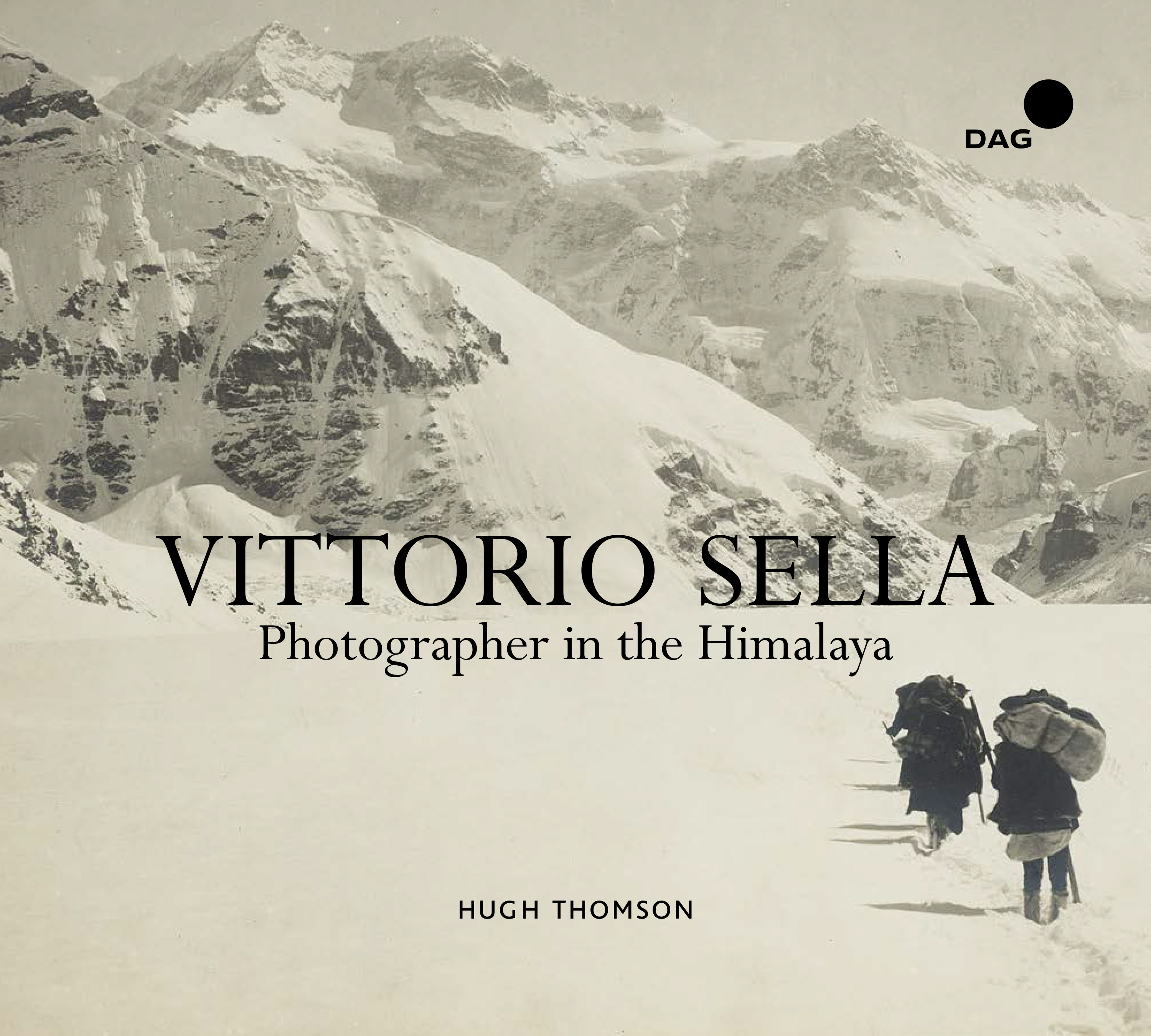
Presented by
